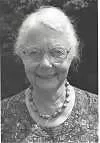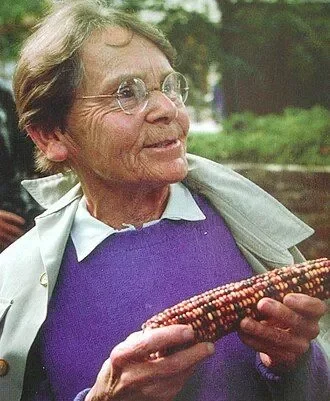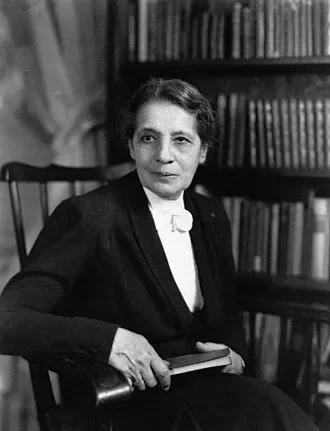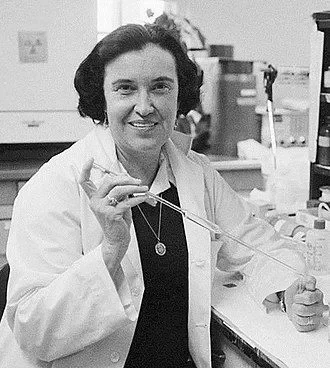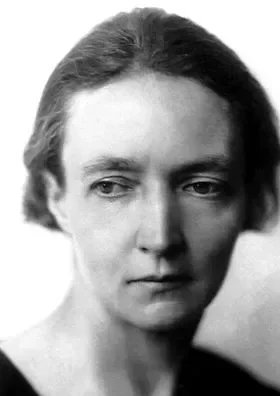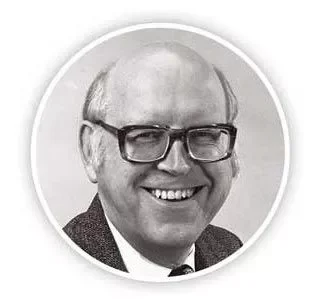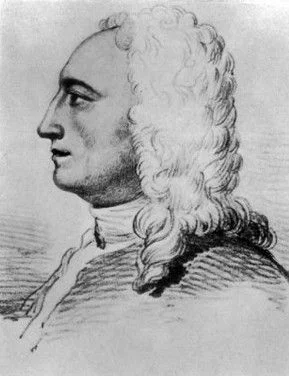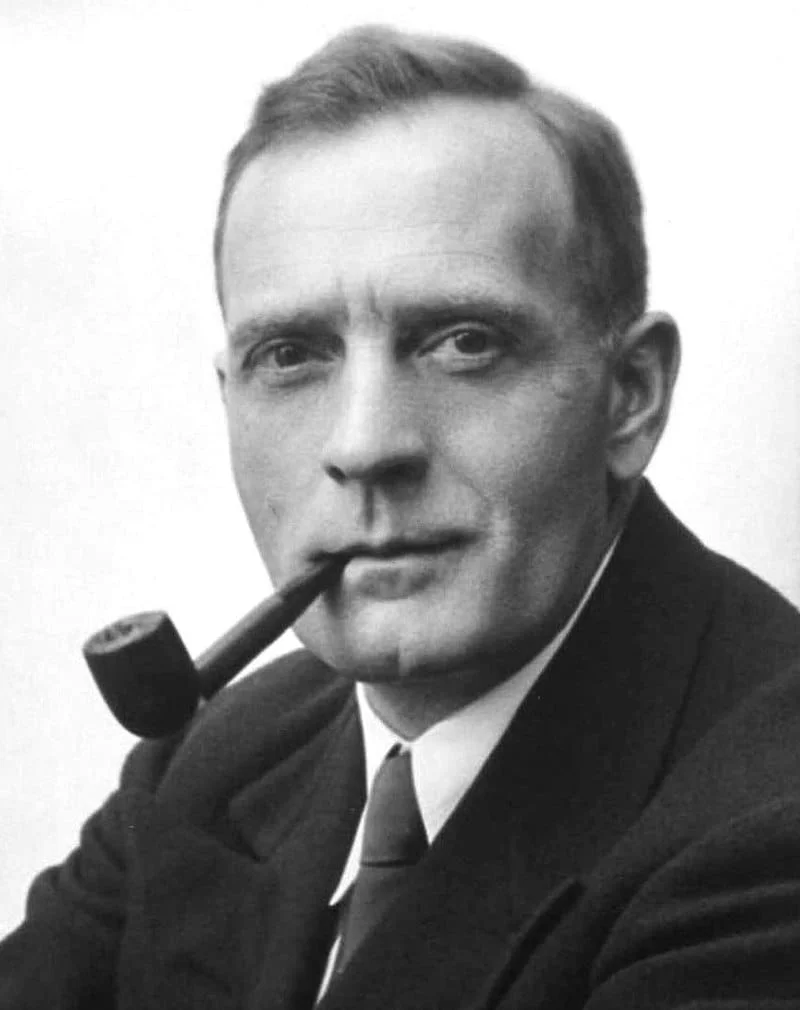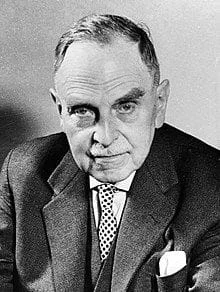Real Celebrities Never Die!
OR
Search For Past Celebrities Whose Birthday You Share

source:wikimedia.org
Vera Rubin
Birthday:
23 Jul, 1928
Date of Death:
25 Dec, 2016
Cause of death:
Natural causes
Nationality:
American
Famous As:
Astronomer
Age at the time of death:
88
Early Life and Education
American astronomer Vera Rubin (born Vera Florence Cooper Rubin) was born in Philadelphia, Pennsylvania on July 23, 1928. Our understanding of the universe was revolutionized by her groundbreaking work. Her discovery of dark matter reshaped modern astrophysics and cosmology.
Rubin came from a Jewish family that prioritized education. Her parents were Philip Cooper (electrical engineer) and Rose Applebaum (Bell Telephone employee). When Rubin was ten, her family moved to Washington D.C., where she developed a passion for astronomy.
Even though a high school teacher discouraged her, Rubin went after her dream of studying astronomy. She graduated from Vassar College in 1948 as the only astronomy major in her class. Rubin received her master’s degree from Cornell in 1951, during which time she made initial observations of galaxy movements suggesting a supergalactic plane.
Personal Life and Career
In 1948, Rubin married Robert Rubin, a physicist who supported her scientific pursuits throughout their 60-year marriage. They had four children, all of whom became scientists.
After completing her Ph.D. at Georgetown University in 1954, Rubin held various academic positions. She began working at the Carnegie Institution’s Department of Terrestrial Magnetism in 1965, remaining there for most of her career.
Groundbreaking Discoveries
Rubin’s most important contribution to astronomy was her research on galactic rotation curves. Working with colleague Kent Ford, she observed that stars at the edges of galaxies were moving as fast as those near the center. This discovery contradicted Newtonian laws, leading to the confirmation of dark matter.
Her observations showed that galaxies must contain 5 to 10 times more mass than what is visible, strongly suggested presence of dark matter. This discovery altered our comprehension of the universe; it showed that invisible matter accounts for over 90% of its mass.
Vera Rubin's Quote's
Legacy and Recognition
In her career, Rubin challenged and overcame obstacles for women in science. She was the first woman permitted to observe at the Palomar Observatory and became a role model for generations of female astronomers.
In 1993 and 1996, Rubin received the National Medal of Science and the Gold Medal of the Royal Astronomical Society, respectively. She was elected to the National Academy of Sciences in 1981.
Vera Rubin passed away on December 25, 2016, in Princeton, New Jersey, due to complications from dementia. She was 88 years old.
To honor her contributions, the Large Synoptic Survey Telescope (LSST) in Chile was renamed the Vera C. Rubin Observatory in 2019. Starting in 2025, it will carry on Rubin’s work by charting the night sky and expanding our understanding of dark matter.
Vera Rubin’s discoveries about the universe also opened doors for women in astronomy. Her groundbreaking work in science and her inspiring discoveries continue to influence astronomers and our understanding of the universe.
Name:
Vera Rubin
Popular Name:
Vera Rubin
Gender:
Female
Cause of Death:
Natural causes
Spouse:
Place of Birth:
Philadelphia, Pennsylvania, USA
Place of Death:
Princeton, New Jersey, USA
Occupation / Profession:
Personality Type
Logician: Innovative inventors with an unquenchable thirst for knowledge. Rubin’s curiosity-driven research, analytical approach to cosmic mysteries, and quiet persistence in a male-dominated field suggest an introspective, intellectual personality focused on discovery.
All four of her children earned Ph.D.s, three in science.
She was denied access to Princeton’s graduate program in 1948 because it didn’t accept women.
The Vera C. Rubin Observatory, set to begin operations in 2025, is named in her honor.
She built her first telescope with her father at age 12 .
Elected to the National Academy of Sciences in 1981.
Provided evidence for dark matter through galaxy rotation studies in the 1970s . Received the National Medal of Science in 1993.
Won the Gruber Cosmology Prize in 2004.
Awarded the Gold Medal of the Royal Astronomical Society in 1996 (first woman since 1828).

